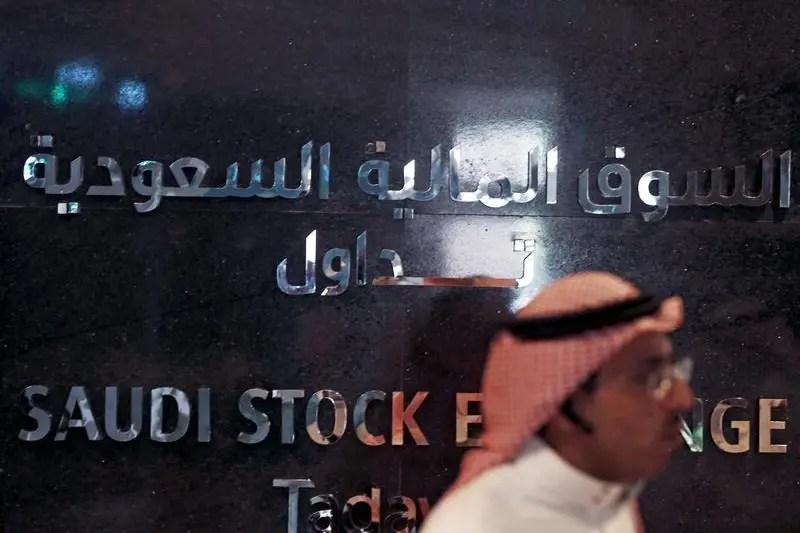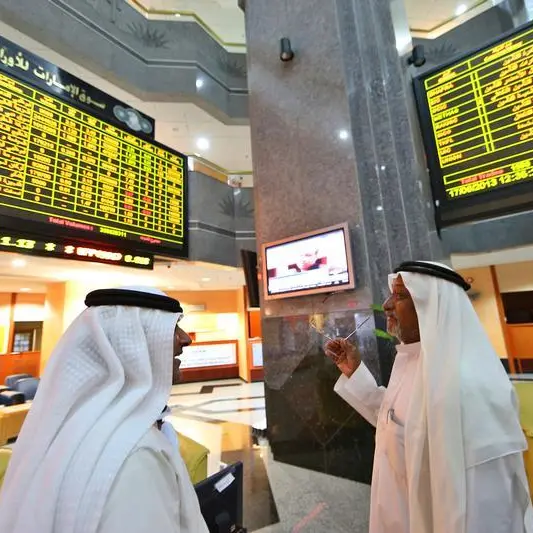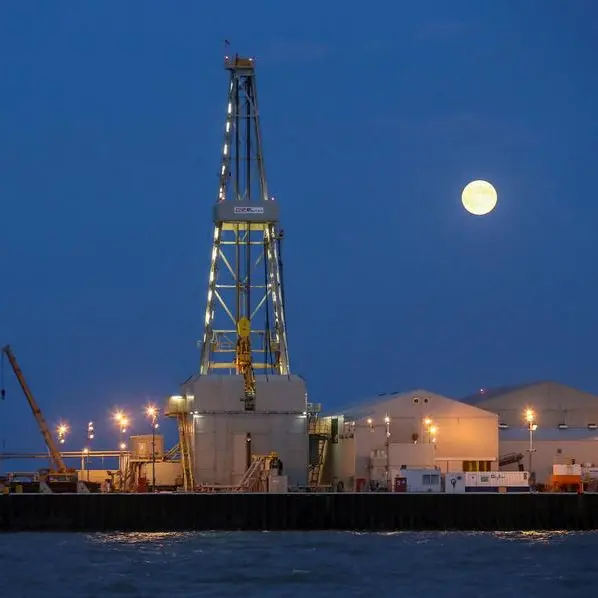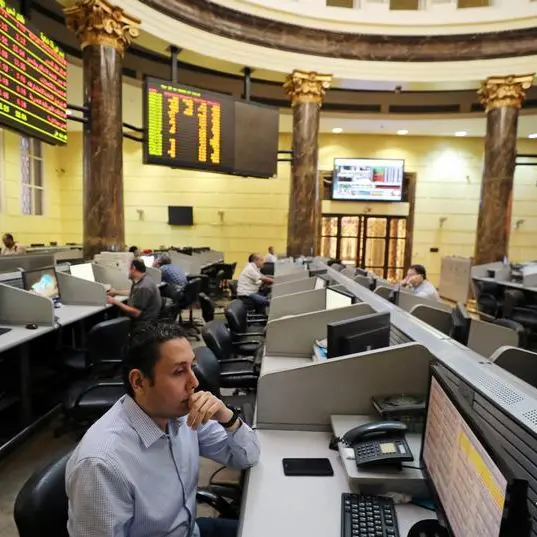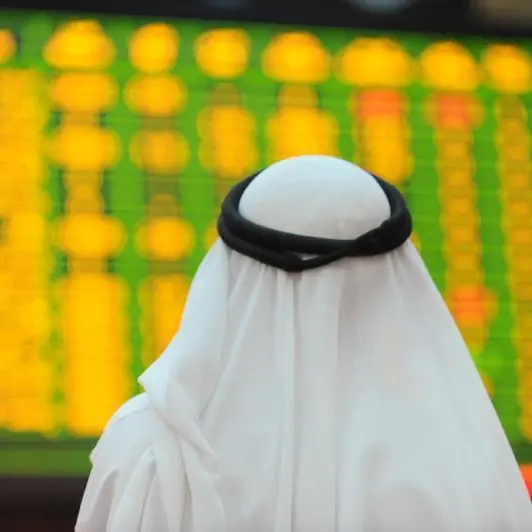PHOTO
RIYADH -- Corporate earnings are likely to remain under pressure in Q3 2016. While the petrochemical sector may continue to post a decline in profits on an annual basis, the sequential performance is likely to be comparatively stronger on stable spread between product prices and feedstock cost, a report from Al Rajhi Capital research revealed. The cut in government spending might impact construction related sectors - real estate, cement and building & construction.
Consumer spending related sectors - retail and food & agriculture are also likely to witness a decline in profitability on lower disposable incomes and slowdown in other sectors of the economy, but will be positively impacted by increase in religious tourists during Haj season this year.
Crude prices rose in Q2 from the lows of Q1 2016. Brent crude prices steadily recovered to $48.05 (-21% y-o-y) per barrel at the end of Q2 2016, compared to $36.75 per barrel at the end of Q1 2016. This led to a rise in petrochemical product prices as well. All companies under our coverage reported higher price realization during the quarter on a sequential basis, though on an annual basis, petrochemical prices were still down in the range of 10-140%. Petrochemical product spreads rose during the quarter, which supported margin improvement. The petrochemical sector revenues fell 16.4% y-o-y, while net profit slipped 19.7% y-o-y.
"For the companies under our coverage, revenues fell over ~16% y-o-y, coming largely in line with our expectations," it isaid. The sector's net profit also slipped about 16.5% y-o-y, but most companies earnings beat our as well as market expectations. Margins were mostly stable despite the sharp fall in product prices, supported by increased spread between product prices and feedstock costs and the efficiency measures undertaken by most firms.
SABIC posted a surprisingly strong set of results for Q2 2016, with net profit coming in at SR4.7 billion, beating our as well as consensus estimates by a wide margin. Adjusting for a one-off impairment for one of its subsidiary, the company's profit stood at SR5.1 billion. "We believe the company's profitability was supported by increased spread in the petrochemical division and the recovery in steel margins." In addition, the company's listed subsidiaries also posted impressive performances - Saudi Kayan posted a profit of SR91 million after five quarters of losses. Yansab trebled its profit over the same period last year to SR689 million (+203% y-o-y), while we had expected only a +70% growth in profit. The high growth was partly due to the low base of Q2 2015 when the company undertook a maintenance shutdown, but the surprise was mostly due to higher than expected sales volumes and lower cost of goods sold (excluding raw material costs). NIC also beat market expectations, posting a profit of SR103.9 million, compared to a net loss of SR107.7 million in Q2 2015. The company had undergone a restructuring exercise, which is likely to have led to cost savings in this quarter. In addition, the company benefited from higher operating rates and the recovery in petrochemical and titanium dioxide prices. On the other hand, SAFCO's results were mostly in line, with net profit falling ~50% y-o-y to SR299 million due to the double impact of consistently falling product prices, together with the 66.7% hike in methane prices, its primary feedstock.
The company's earnings will remain under pressure this year for the same reasons. APC's profit (-23.5% y-o-y, +27.8% q-o-q) also stood mostly in line with our estimate, as profitability was boosted on a sequential basis by increased sales volume and higher product prices. Sipchem was the only company under our coverage to disappoint, posting a net profit of SR26 million, down 76.4% y-o-y. The fall in profit was partly due to the maintenance shutdown at its International Polymers Company and Gulf Advanced Cable Insulation Company. However, the surprise is likely due to higher cost of goods sold and certain non-recurring expenses. The company also mentioned about non-renewal of certain contracts, but there is no clarity regarding the same.
Retail sector continues to be impacted by slowdown in consumer spending, however results (ex-Jarir) were above estimates led by better than expected margins. Cumulative revenue (for companies under our coverage) was 7.4% higher than our estimates, led by significant beat on top-line led by Al Hokair (benefiting from majority of Ramadan season falling in June this year vs. being spread out in June and July last year) and Al Othaim (benefiting from healthy LFL sales and aggressive organic expansion). The significant surprise this quarter was better than expected gross margin (ex-Jarir), which we attribute to better product mix due to Ramadan. This led to operating profit for the sector coming 67% ahead of our estimates. Led by better operating profit, net profit beat our estimates by 47%, but this was mainly led by Al Hokair, which reported net profit of SR212 million vs. SR78 million estimated by us. Going ahead, we believe Q3 will be a weak quarter, especially when compared to Q3 2015, as second half of Ramadan fell in July last year. "We have Neutral ratings on Al Hokair, Extra and Al Othaim, while Jarir is 'Under review'"
Revenue for companies under our coverage slipped 1.1% y-o-y in Q2 2016, while the sector's net profit fell 9.8% y-o-y, primarily due to the weak performance from Savola. Savola's revenue (-7.2% y-o-y) and net profit (-43.1% y-o-y) was negatively impacted by high competition in retail segment, currency devaluation and rising financial charges. The company is restructuring its retail business, closing down 51 non-performing Pandati stores in Q1 2016. Nevertheless, we remain Overweight on the stock with a target price of SR43, as most of the negatives are already factored in the stock price.
Almarai's net profit jumped 18.6% y-o-y, above our and consensus estimates, on the back of better than expected gross margin, which expanded 150bps led by better product mix (due to Ramadan), lower input costs and operational efficiencies. While the poultry segment continues to face intense competition from cheaper imports, the situation has improved in Q2 as compared to the higher losses in Q1 2016. Herfy's top line growth (+7.1% y-o-y) remained slow, despite aggressive restaurant additions, due to slowing LFL sales. The company's net profit also grew at a similar rate of 7.4% y-o-y, supported by lower SG&A expenses and higher other income.
SACC's net profit declined 17.5% y-o-y in Q2 2016, partially due to the higher base of Q2 2015, which was boosted by write back of provision for restructuring. We have Neutral ratings on Almarai, Herfy and Saudi Airlines Catering.
The trend of falling sales volume and profitability continue as the Kingdom's construction activities continue to be under pressure. Companies' operational performance was impacted due to lower than estimated average realized price on the back of stiff competition especially in the central region coupled with the impact of lower fuel subsidy. For companies under our coverage, top-line performance was in-line with our estimates, but bottom-line was mixed due to a number of negative and positive surprises.
Saudi and Southern Province cement were the top performers in Q2. Saudi cement revenue (+11% y-o-y) and bottom-line (-2% y-o-y) were slightly ahead of our estimates, while Southern Province's revenue (-7% y-o-y) largely met our forecast, whereas bottom-line (-1% y-o-y) was ahead of our estimates.
Arabian and Yanbu cement were impacted as the demand situation in the Western region remained under pressure. Yanbu's reported net profit (-35% y-o-y), came below our estimate. Arabian Cement's bottom-line (-12% y-o-y) missed our as well as consensus estimates mainly due to the use of imported clinker. Yamama's revenue (-18% y-o-y) and net profit (-39% y-o-y) missed our as well as consensus forecasts. Overall, we believe that construction activities will remain weak for the foreseeable future as the government spending adjusts to low oil prices through spending cuts and delay of unnecessary projects. We have assigned Neutral rating to Arabian, Yamama, Saudi, Qassim, and Southern and we are Overweight on Yanbu.
In Q2 2016, the telecom sector's revenue grew 6.7% y-o-y. Zain reported an EBITDA of SR372 million (-14.5% y-o-y, below our estimate), on account of higher distribution and marketing expenses (infrastructure cost and implementation of biometric verification process). Zain's customer base has decreased 8% since the introduction of the finger print implementation regulation in January this year. We believe the company will be able to expand its EBITDA margin in 2016 on the back of lower access charges and D&M costs. However, rising interest expense due to surging SAIBOR rates will pressurize profitability. STC reported a revenue growth of 11% y-o-y, which is commendable considering lower growth prospects in the telecom sector and impact of the biometric verification regulation. "We believe STC will be the key beneficiary of fixed broadband growth, which is a part of the transformation plan." STC remains one of our top picks in the Kingdom. Mobily's net profit was broadly in-line with our estimate, led by cost optimization, partially offset by rising interest cost. The top-line declined 7.5% y-o-y, owing to the interconnection rate cuts and implementation of finger print regulation in our view. "We expect the finger print regulation and rising interest rates to continue to negatively impact the performance of the telecom companies in the coming quarters (especially Zain and Mobily)," the report said.
Healthcare companies under our coverage reported a strong set of results in Q2 2016. Aggregate net profit rose 14% y-o-y, despite the fact that Ramadan shifted twelve more days to Q2. This was led by Dallah and NMCC which reported a net profit growth of 50% and 38% respectively. Dallah's surprising results were helped by the increase in number of inpatients and outpatients. It also saw an increase in overall operating efficiency due to improvement in some contractual terms for services. NMCC's operating profit rose 54% y-o-y to SR59.8 million ahead of our estimate of SR31.1 million. The huge beat was attributed mainly to the amended contract (at least 20% increased pricing) with GOSI which contributes to ~25% of revenues.
Mouwasat reported a 10% y-o-y growth in top-line clearly indicating higher utilization rates in its Riyadh hospital. Mouwasat's net profit of SR62.3 million (+11 y-o-y), came in-line with our estimates. Al Hammadi on the other hand, reported a decline of 43% in net profit to SR20.9 million as a result of the closure of its main hospital (Al Hammadi AlOlaya). However, this was higher than our estimate of SR10 million, implying that Suweidi hospital was operating on high utilization rates, Al Rajhi Capital research noted. The company's revenue increased 1% y-o-y despite the closure of its flagship hospital. "We have an Overweight rating on Al Hammadi and Neutral ratings on NMCC, Mouwasat, and Dallah," it noted.
Tadawul All Share Index (TASI), the stock benchmark index of the Saud Stock Exchange, continues to nudge lower and has dropped to a four month low post Q2 results, Al Rajhi Capital research showed. In some of the past years, we have seen a recovery in the market post the Ramadan holiday season - however, in the absence of convincing triggers and oil prices continuing to reverse gains witnessed in Q2 (May and June), market has failed to sustain higher levels. Q2 was an affirmation of the new cost normal for most companies after revision in subsidies took effect at the start of the year, Broadly, Q2 results were lackluster as the aggregate profit (ex - insurance) declined 12.5% y-o-y.
However, Petrochemical sector earnings were better than estimates, helped by cost cutting measures which are likely to continue. Average trading volumes have also remained low and has not recovered post Eid holidays. Going forward, while there might be slight recovery in oil prices, oversupply in the market, production from non-traditional sources and excess inventory issues will continue to put pressure on prices. However, on the brighter side, consumer spending patterns appear to be normalizing in The Kingdom and PMI data showed a recovery in the last month. IMF expects Saudi economy to stabilize its GDP growth to 2.25-2.5% implying steady improvement over the next couple of years (1.2% in 2016e). Q3 is seasonally a strong quarter for some sectors as Hajj pilgrimage visitors boost consumption in the Kingdom. Overall, while the market may not have immediate triggers, we see range bound corrections as trading opportunities for investors with a medium term perspective, and entry points for long term investors, as long as the oil prices do not correct sharply. Similarly, investors are better off taking profits with any meaningful rally in the absence of convincing triggers.
TASI rose 4.4% in Q2 helped by recovering oil prices, following 10% decline in Q1 2016. However Q3 started on a weak note, with oil price trending lower. Net aggregate profit of the TASI-listed companies, ex-Insurance) fell 12.5% y-o-y during Q2 2016. Though two sectors (telecom and transportation) reported a y-o-y growth in net profit, it was mostly due to one-off factors.
A gradual recovery in oil is likely to be the key trigger for TASI and also the petrochemical sector. Any additional measures taken to ease liquidity in the Kingdom would be viewed positively for the banking sector. These could be lowering the reserve requirement, increasing the LDR ratio, issuance of Sovereign bonds by the Kingdom etc. Continuous improvement in cost structure for the petrochemical firms, which helped them to post better than expected results in Q2 also to be closely watched. Telecoms sector is likely to see a weak Q3 as the impact of biometric system regulations could result in cancellation of some active accounts. However, a higher than expected voice/data usage during the seasonally strong Q3 could help offset this. As families return post extended school break, domestic consumption could get a boost.
© The Saudi Gazette 2016
